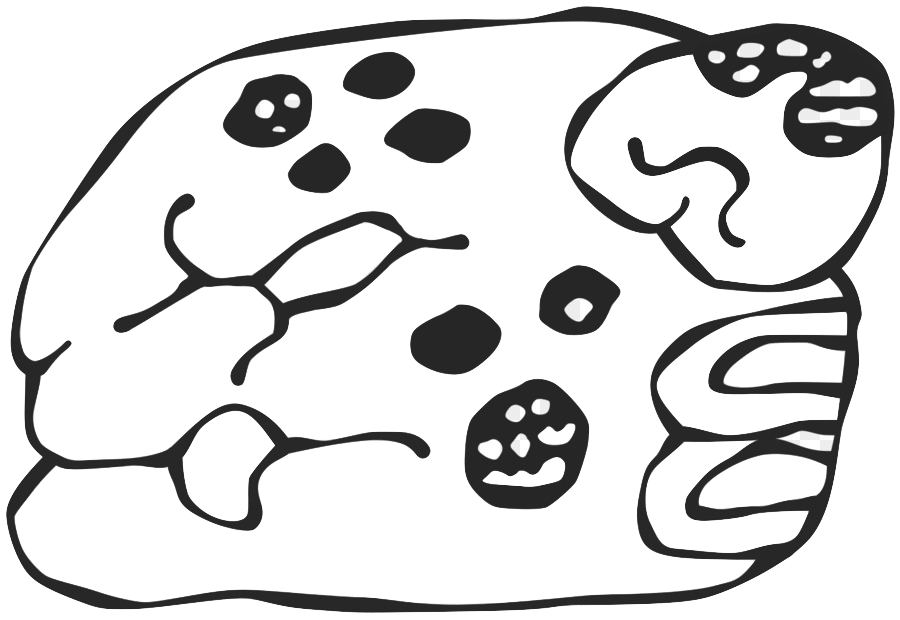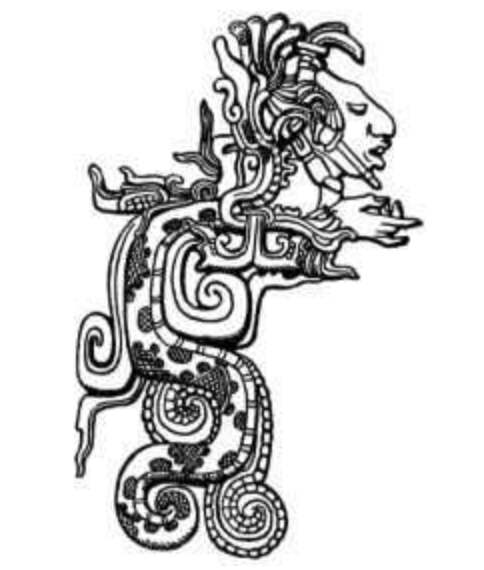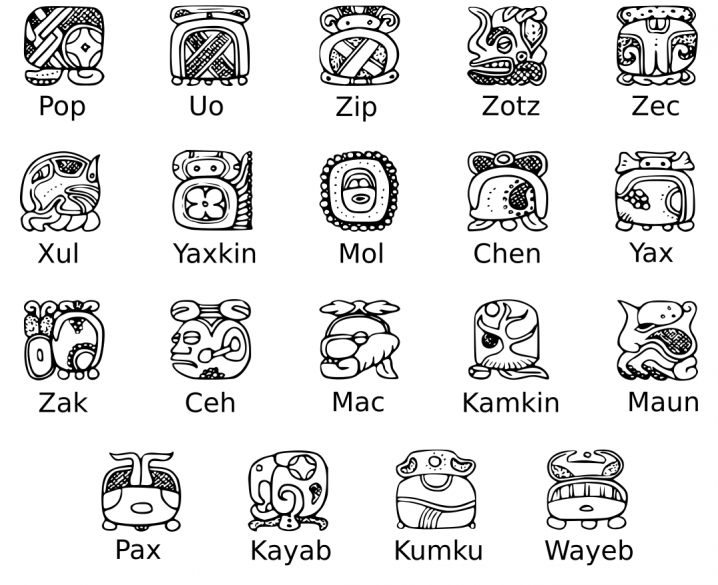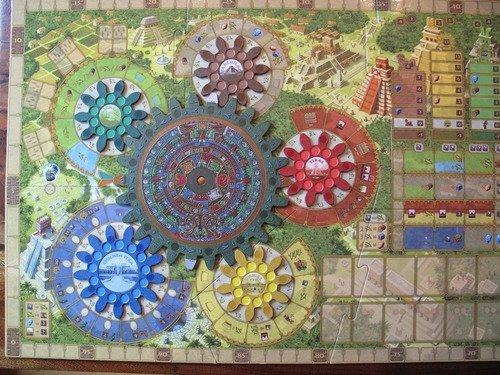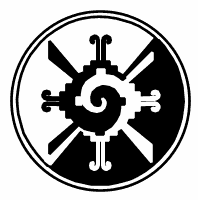

The earliest known script found in Maya writing dates back to around 250 BC, but this script is believed to have been developed earlier. The Maya were known for their complex culture, which included many hieroglyphs.
Mayan hieroglyphs were carved into stone or bone, even painted on pottery or written in books. The two main themes of their texts were astronomical and religious views.
Here are the main logograms that the Mayan civilization used to express words and ideas.
There are many ancient Mayan symbols, some of the most popular we have added below.
 | |||||||
About the artist In 1998 David started by making the Merkaba pendant. The flood of responses from people telling him about the huge changes in their lives prompted him to continue creating and spreading these symbols around the world. | |||||||
Here are the ancient Mayan symbols for the numbers 1 through 10. | |||||||
 Zero Zero |  а а | ||||||
 Of them Of them |  Three Three | ||||||
 Four Four |  Five Five | ||||||
 Шесть Шесть |  Seven Seven | ||||||
 Eight Eight |  Nine Nine | ||||||
 10 10 | |||||||

Maya numbers were the decimal number system (base twenty) used by the pre-Columbian Maya civilization.
The numbers are made up of three characters: zero (shell-like), one (dot) and five (stripe). For example, nineteen (19) is written with four dots in a horizontal row above three horizontal lines one above the other.
Here is a table of Mayan figures.

The Haab was a Mayan solar calendar of eighteen months of twenty days each, plus a five-day period ("unnamed days") at the end of the year known as Wayeb (or Wayeb, in 16th century spelling).
Each day in the Haab calendar is indicated by the number of the day in the month, followed by the name of the month. Day numbers began with a glyph translated as "place" of the named month, which is generally considered day 0 of that month, although a minority view it as the 20th day of the month preceding the named month. In the latter case, Pop is headquartered on Wayeb 'day 5. For most, the first day of the year was 0 Pop (place of Pop). Then came 1 Pop, 2 Pop to 19 Pop, then 0 Wo,
Neither the Tzolkin system nor the Haab system counted the years. The combination of the Tzolkin date and the Haab date was sufficient to identify the date to the satisfaction of most people, as such a combination did not recur for the next 52 years, beyond the total life span.
Since the two calendars were based on 260 and 365 days, respectively, the entire cycle would repeat itself every 52 haab years. This period was known as the calendar account. The end of the Calendar Count was a time of confusion and setback for the Maya as they waited to see if the gods would give them another 52-year cycle.
Here is the Haab calendar (365 days).

It is a 260-day Mayan sacred almanac.

The Mesoamerican Long Count calendar is a non-repeating decimal (base 20) and base 18 calendar that was used by several pre-Columbian Mesoamerican cultures, especially the Maya. For this reason, it is sometimes called the Mayan long count calendar. Using a modified decimal number, the Long Count calendar determines the day by counting the number of days since the mythical creation date, which corresponds to August 11, 3114 BC. according to the Gregorian calendar.
The Long Count calendar was widely used on monuments.
Here is the Mayan Long Count Calendar and its symbols.

These are the main Mayan symbols that we have discovered to date. If more Mayan symbols were found and documented, we would include them in this section of ancient Mayan symbols.

